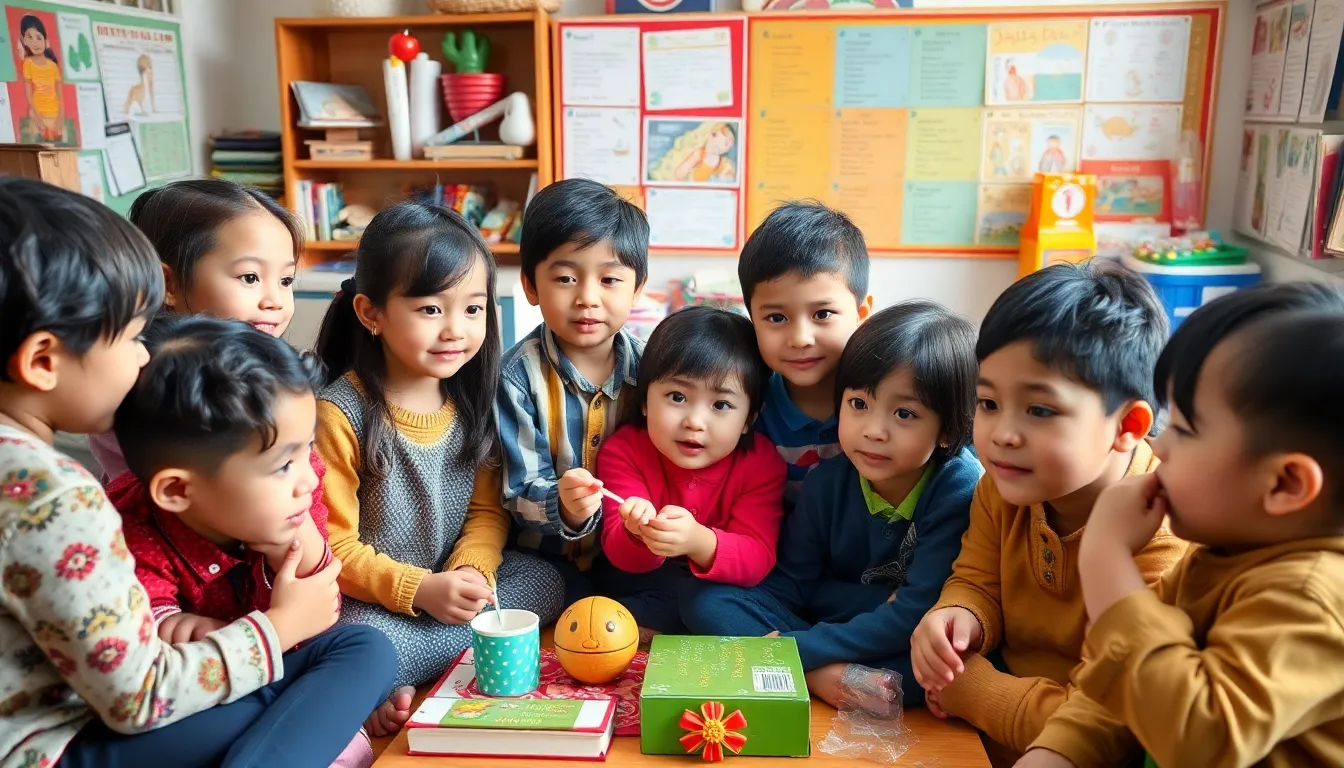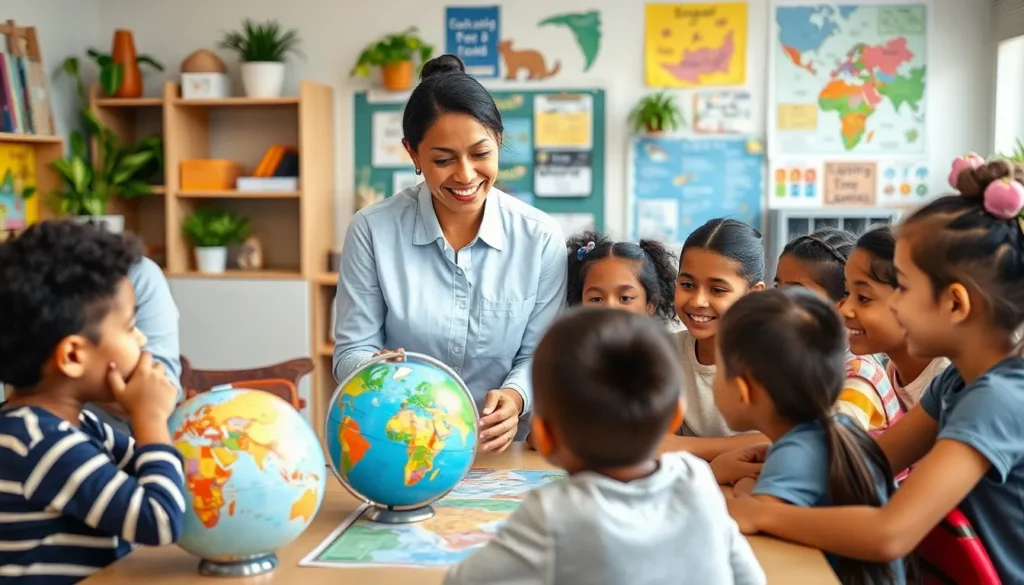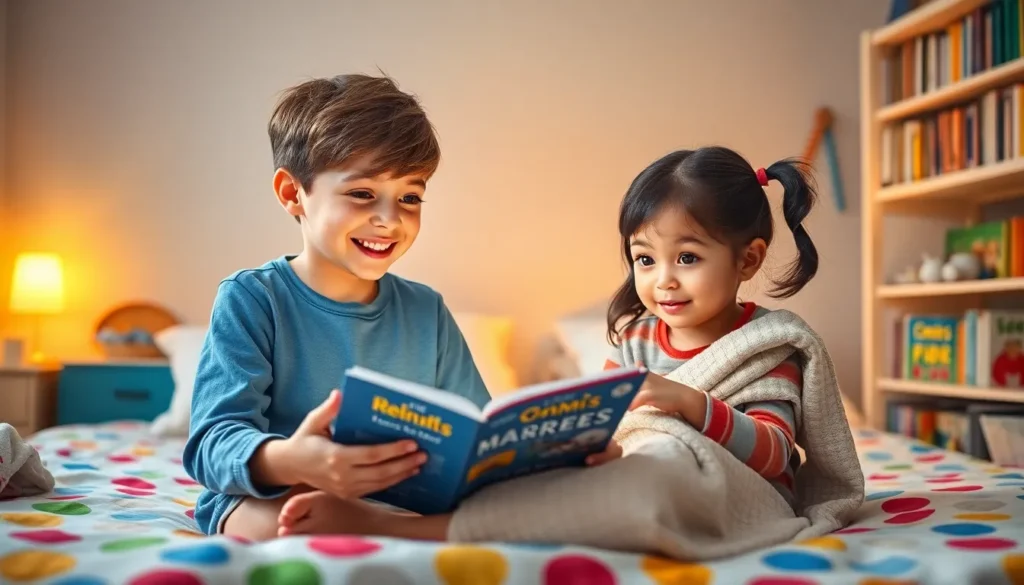In an increasingly interconnected world, multilingual education is more important than ever. Parents and educators recognize that fostering language skills in children can enhance cognitive development and cultural awareness. However, navigating the complexities of multilingual education can be challenging.
With the right strategies, anyone can create a supportive learning environment that encourages language acquisition. From integrating different languages into daily routines to utilizing technology and resources effectively, there are numerous tips that can make a significant difference. Embracing these techniques not only helps children learn languages but also prepares them for a globalized future.
Table of Contents
ToggleUnderstanding Multilingual Education
Multilingual education focuses on teaching students in multiple languages, fostering cognitive and cultural growth. This approach enhances problem-solving skills and boosts creativity, contributing to academic success. Children exposed to diverse languages develop improved communication abilities, better comprehension skills, and greater adaptability to varied environments.
Implementing multilingual education involves employing effective strategies that encourage language acquisition. Integrating languages into daily routines, such as storytelling and song, provides context and relevance. This immersive method aids retention and promotes natural language use.
Utilizing technology offers additional support in the language-learning process. Educational apps and online resources can reinforce language skills and make learning engaging. Furthermore, creating a rich linguistic environment at home and in the classroom helps solidify language foundations, allowing students to flourish.
Collaboration among families, educators, and communities plays a crucial role in multilingual education’s success. Families can foster language exposure through discussions, reading, and cultural activities. Schools can also benefit from hiring multilingual staff and developing curriculum that respects and incorporates different languages. Together, these efforts create a nurturing atmosphere conducive to language development, preparing students for a globalized future.
Benefits of Multilingual Education

Multilingual education offers numerous advantages, significantly impacting cognitive development and cultural understanding in children. These benefits contribute to personal and academic growth in a diverse world.
Cognitive Advantages
Cognitive advantages arise from multilingual education, enhancing critical thinking and problem-solving skills. Studies indicate that children exposed to multiple languages demonstrate improved memory, better attention control, and superior multitasking abilities. They also show higher proficiency in abstract thinking, as navigating different languages fosters mental flexibility. Regular interaction with diverse languages strengthens neural pathways, which contributes to overall cognitive development. According to research published by the American Psychological Association, bilingualism can increase gray matter density in the brain, further supporting cognitive function.
Cultural Awareness
Cultural awareness significantly improves through multilingual education. Exposure to various languages and cultures enhances empathy, appreciation, and respect for diversity. Children develop a broader worldview, understand cultural nuances, and recognize their place in a global society. Multilingual education encourages engagement with different traditions, celebrations, and ways of life, fostering inclusive attitudes. Research from the European Commission highlights that multilingual individuals show greater adaptability in multicultural environments and better cross-cultural communication skills. Thus, multilingual education cultivates not only language skills but also a genuine connection to the global community.
Effective Strategies for Multilingual Education
Implementing effective strategies enhances the success of multilingual education. Focus on curriculum design, classroom environment, and parental involvement to create a comprehensive language-learning experience.
Curriculum Design
Curriculum design must prioritize language integration across subjects. Incorporate diverse cultural perspectives into lessons to ensure relevance and engagement. Use thematic units that allow for vocabulary reinforcement through various contexts. Adopt materials that reflect the languages spoken by students, ensuring representation and accessibility. Assess students’ language skills regularly to adapt instructions and provide targeted support. Differentiate tasks to accommodate varying language proficiencies, enabling all learners to participate actively.
Classroom Environment
Classroom environments should promote language diversity. Label objects in multiple languages to create a linguistic-rich setting. Arrange seating to encourage collaborative activities where students can practice speaking and listening skills. Integrate multimedia resources such as videos and music in different languages, stimulating interest and comprehension. Foster an atmosphere where mistakes are viewed as learning opportunities, encouraging risk-taking in language use. Provide space for cultural expression through art, literature, and traditions, enhancing inclusivity and appreciation for diversity.
Parental Involvement
Parental involvement plays a critical role in multilingual education. Encourage parents to speak their native languages at home, reinforcing students’ learning. Organize workshops to equip parents with strategies for supporting language development. Foster communication between educators and families by providing resources in multiple languages. Involve parents in school events that celebrate linguistic and cultural diversity, creating a community that values all languages. Regularly update parents on their children’s progress in language acquisition, fostering a collaborative approach to education.
Common Challenges in Multilingual Education
Multilingual education presents various challenges that educators, families, and students may face during the learning process. Understanding these challenges helps develop effective strategies for overcoming them.
Language Proficiency Levels
Language proficiency levels among students often vary significantly, which can create disparities in participation and comprehension. Some students may display advanced skills in one language while struggling in another. This inconsistency complicates lesson planning and classroom instruction. Teachers must assess language proficiency regularly, ensuring appropriate differentiation for students at varying levels. Tailoring activities to meet individual needs promotes equitable learning opportunities, helping students to progress effectively in all targeted languages.
Resources and Materials
Access to appropriate resources and materials is vital for supporting multilingual education. Limited availability of high-quality bilingual books, digital tools, and cultural resources can hinder the learning experience. Teachers must seek diverse and authentic materials that reflect students’ linguistic backgrounds and cultural contexts. Integrating technology, such as language learning apps and online platforms, can enhance lesson engagement and provide supplementary practice. Collaborating with libraries, local cultural organizations, and online communities creates a rich repository of resources that benefits students and enriches the learning environment.
Conclusion
Embracing multilingual education is essential for nurturing well-rounded individuals in today’s diverse society. By fostering language skills and cultural awareness, children can thrive both academically and socially. The strategies outlined empower educators and families to create a rich linguistic environment that enhances learning experiences.
Collaboration among all stakeholders is key to overcoming challenges and ensuring that every child has access to quality multilingual education. With commitment and creativity, it’s possible to cultivate a generation equipped for global citizenship, enriched by their ability to communicate across cultures. The journey toward multilingualism not only benefits individual learners but also strengthens communities, paving the way for a more inclusive future.




